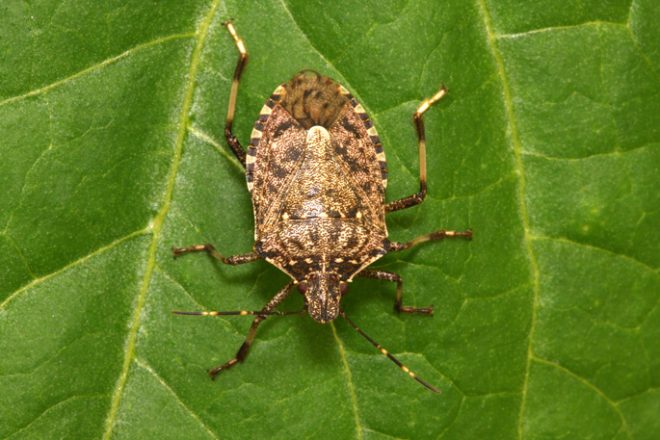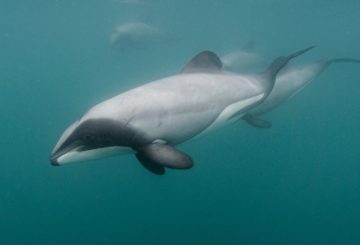새로운 모바일 앱인 Find-A-Pest는 뉴질랜드 사람들이 침입성 해충을 퇴치하는 데 도움을 주고 있습니다.이 앱은 인공 지능을 사용하여 해로운 잡초, 해충 동물 및 질병을 식별합니다.이 앱은 바이오헤리티지 내셔널 사이언스 챌린지 (BioHeritage National Science Challenge) 의 자금 지원을 받아 개발되었으며, 뉴질랜드의 독특한 종과 생태계를 위협하는 해충을 쉽게 식별하고 신고할 수 있도록 최근에 업데이트되었습니다.
Find-A-Pest는 포유류, 조류, 곤충, 균류 및 병원균을 포함하여 육지와 물에서 발견되는 모든 유형의 해충에 적용됩니다.프로젝트 매니저 애비게일 에반스 (Abigail Evans) 에 따르면 이 앱은 해충과 그 확산에 관한 정보 데이터베이스를 구축하는 데 도움을 주어 뉴질랜드의 생물보안 인텔리전스에 기여한다고 합니다.수집된 데이터는 다양한 조직이 침입성 해충을 통제하고 관리하는 데 도움이 될 수 있습니다.
앱 사용자는 해충을 조기에 발견하여 환경 피해를 줄일 수 있습니다.Find-A-Pest 개발을 주도한 캔터베리 대학교 부교수인 스티브 포슨 (Steve Pawson) 은 이 앱이 환경 보호를 위한 도구일 뿐만 아니라 교육 자료이기도 하다고 말합니다.인공 지능을 이용해 해충을 식별하고, 해충의 위치와 성장에 대한 정보를 제공하며, 전문가 팀이 식별 내용을 확인하고 사용자에게 피드백을 제공합니다.
2018년에 처음 출시된 이 앱을 사용하면 잠재적 해충 종을 더 쉽게 신고하고 식별할 수 있습니다.Pawson은 Find-A-Pest를 해충 신고 앱 중에서 유일무이한 앱이라고 설명합니다. 사용자가 신속한 식별에 기여할 수 있기 때문입니다.그는 올 여름 뉴질랜드 사람들이 경계를 늦추지 않고 잡초, 해충 동물 및 질병을 신고할 것을 권장합니다.
Find-A-Pest는 Google Play 또는 App Store에서 다운로드할 수 있습니다.





























































